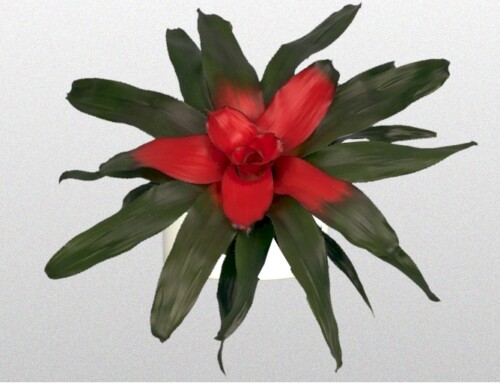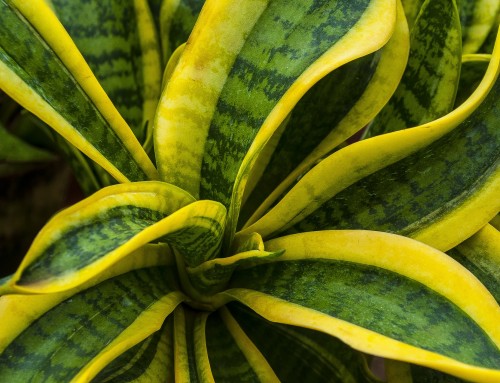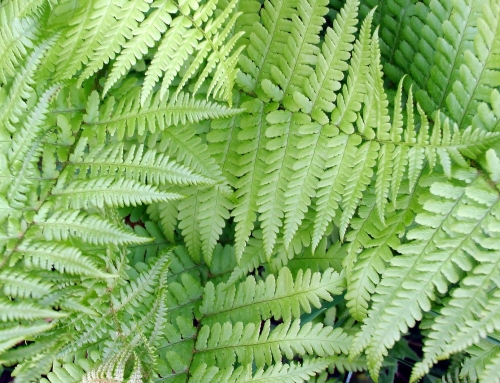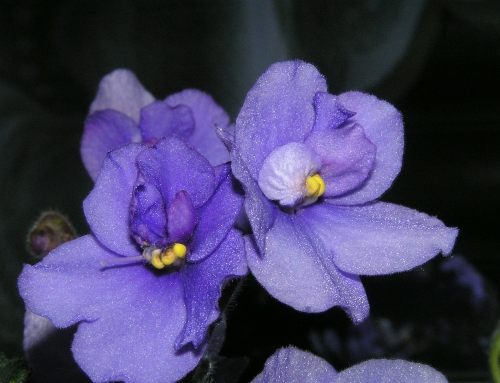Air Plants!
Ever imagine what it would be like to survive on nutrients by simply absorbing them through your skin? Air plants, or also known as Tillandsia, do just that. Perfect for your apartment or home, these unique beauties are quite a treat! Learn how to mount, take care of and how these fantastic creatures work!
How do they work?
Air Plants or Tillandsias literally get everything that they need from the air. Cool, right? Absorbing water and nutrients through their leaves, they are quite a nifty form of Bromeliad, a type of plant that are known to flourish in tropical and subtropical environments from North to South America.
While Tillandsias are some of the easiest organisms to take care of, they still do require a bit of maintenance. Air Plants are also known as “Epiphytes” which essentially means they can live on other objects such as bark, rocks, or simply suspended in the air, but do not leech any of nutrients from their host.
There are tiny vessels located on each air plant’s roots that absorb nutrients through the environment they reside in. Because they are so adaptable, they make for a perfect addition to your home or office.
Air plants can survive for years if properly maintained, and can even produce offspring to further beautify and add purity to your home and environment. It is already scientifically proven that many plants are wonderful air purifiers, so why not add this to your home? Okay, time to learn more about caring for your air-plant!
How to take care of your air plant?
Okay, so you’ve found your air-plant (if you are having trouble, try a local nursery, or message Creative Plant Designs ), what next? Luckily you won’t need to go to extensive lengths to keep your new green friend alive, but there are still some necessary things that need to be done.
- Water: Many people mist their plants with water weekly using a simple sprayer, easily purchased at your local grocer. Just make sure the container is clean. Avid Air Plant owners suggest soaking your air plant in water for 20-30 minutes, especially if it seems especially dry. After soaking, gently shake off the extra water and let it dry naturally.
- Light: It is essential that the plant is not in direct sunlight. If you keep your air-plant outside keep in the shade. However, if inside, keep it in medium light, such as 3-5 feet from a window. Nothing too drastic. Only a few types can withstand complete darkness or intense sunshine for long periods of time, like most living beings.
- And of course, air quality! Keep your plant in a properly ventilated space where it is available to absorb all of those great nutrients that it needs.
How to “Plant” it?
Tillandsias are fantastic for not having to deal with soil or pots, but how else do we exhibit them?
- Air plants work well when being attached to bark or other tree-like material (also providing a nice earthy look!). Press the base of the plant firmly to a branch or piece of tree bark and use floral wire to attach it.
- You can also suspend your air-plant in the air (ha) by using a variety of options available to you. Some people use bulbs and hanging wire containers.
- Velcro mounting is also another method. Secure the base of the plant with one side of Velcro and position the other side of the Velcro in your desired spot.
And there you have it! Have fun with these fascinating creatures and not only beautify but clarify your home of impurities!
- Tillandsia on driftwood
- Air Plant in Bowl
- Tillandsia Air Carnation
written by: Sarah W.
References
http://www.justairplants.com/index.php?option=com_content&view=article&id=63&Itemid=68









Leave A Comment